Rice exports have officially surpassed the 5 billion USD mark. However, the Deputy Director of the Department of Crop Production admitted that he still hears stories of “breaking deals” in trading and is concerned about the lack of a high-quality Vietnamese rice brand on the international market.
Coming soon will be "Green Vietnamese rice, low emissions"
At the forum "Solutions to replicate successful pilot models of the Project on Sustainable Development of One Million Hectares of High-Quality and Low-Emission Rice Cultivation", on the morning of November 23, Mr. Le Thanh Tung - Deputy Director of the Department of Crop Production (Ministry of Agriculture and Rural Development), informed that at the end of November last year, the Prime Minister signed a decision to establish the Project on Sustainable Development of One Million Hectares of High-Quality and Low-Emission Rice Cultivation in the Mekong Delta. 15 days later, the Vietnam Rice Industry Association (VIETRISA) was born.
"The goal is to learn from the models implemented by the Ministry of Agriculture and Rural Development, the National Agricultural Extension Center and localities," Mr. Tung shared. The task of the Department of Crop Production is to summarize the models that have had good results for replication.
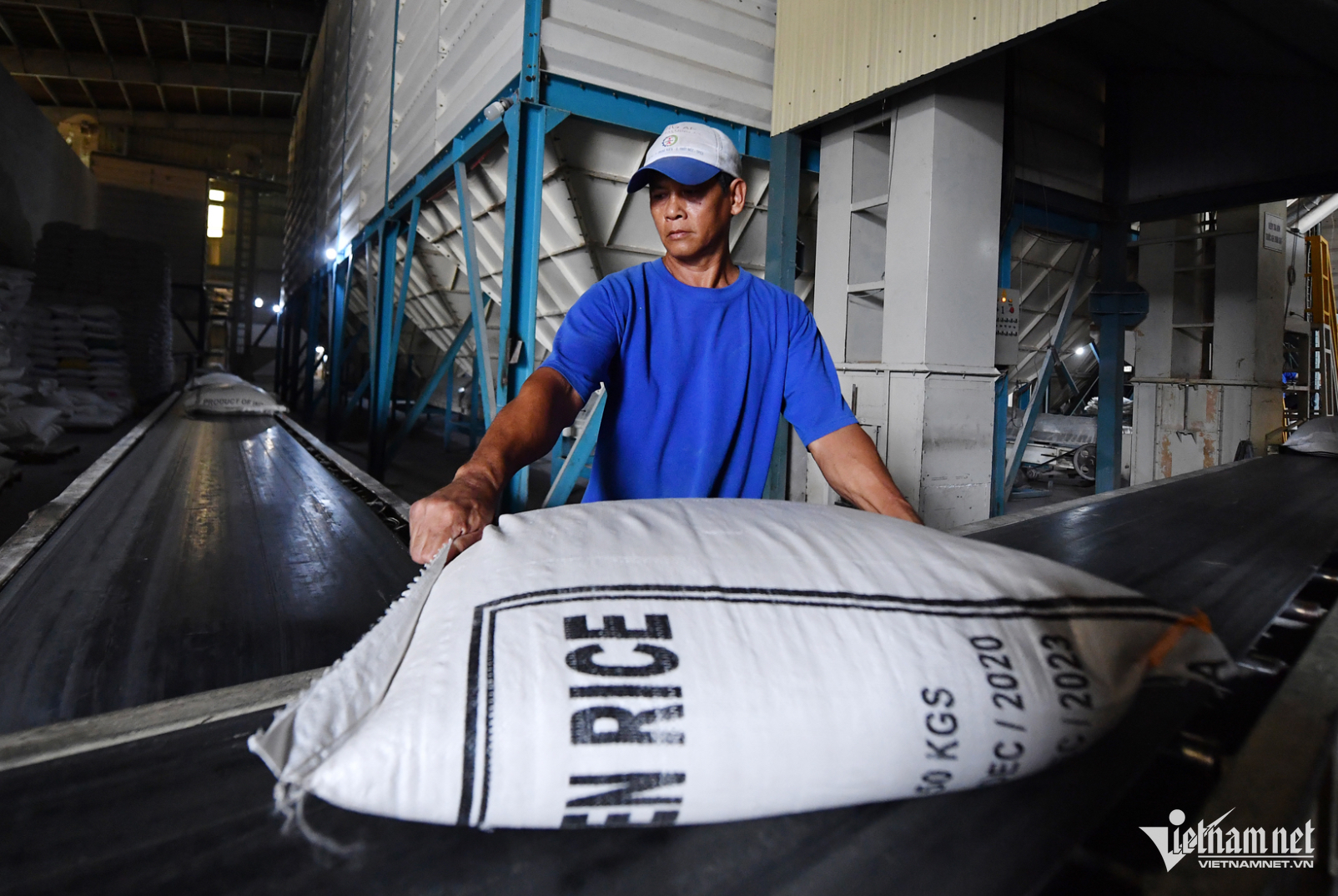
The Deputy Director of the Department of Crop Production also frankly admitted that in the rice industry, there is still a lack of synchronization and mutual support to increase the value of Vietnamese rice. Sometimes in the media, he still hears stories of "breaking the deal" in the purchase and sale between farmers and businesses. Agricultural officials are also worried because there is no high-quality Vietnamese rice brand in the international market.
Although the quality of Vietnamese rice is not inferior to that of any other country, its value has not been improved. In particular, Vietnam's emissions from rice production are 0.9%, higher than the Philippines, Thailand, China and the world's leading rice exporting countries.
However, currently, 12/13 provinces and cities in the Mekong Delta are implementing the 1 million hectare rice program in the Mekong Delta. This is also the largest rice granary in our country. Therefore, “Green Vietnamese rice, low emissions” will be the name we aim for in the coming time, Mr. Tung emphasized.
Recently, 7 models in 5 provinces including Dong Thap, Kien Giang, Can Tho, Soc Trang, Tra Vinh representing the upper, lower, and middle regions of the Mekong Delta have been piloting the 1 million hectare project and have been harvested. "The active and enthusiastic participation of farmers along with the cooperation of businesses and authorities at all levels is showing many positive signs," he commented.
Accordingly, in the future, the project's mission is still to replicate the model in the direction of value chains, ecological databases, technology development, behavior change, and capacity building.
The core foundation lies in the cooperative link.
Mr. Hoang Tuyen Phuong - Head of the Department of Crop Production - Forestry, National Agricultural Extension Center, said that the unit is currently connected with more than 30 domestic and international media channels. According to him, this step aims to improve the capacity of actors in the rice industry chain, build a brand of high-quality, low-emission Vietnamese rice and create sustainable livelihoods for farmers.
The construction of the rice industry chain will also focus on transferring technologies for producing quality rice, reducing emissions, linking production, and producing rice according to SRD export standards, he said.
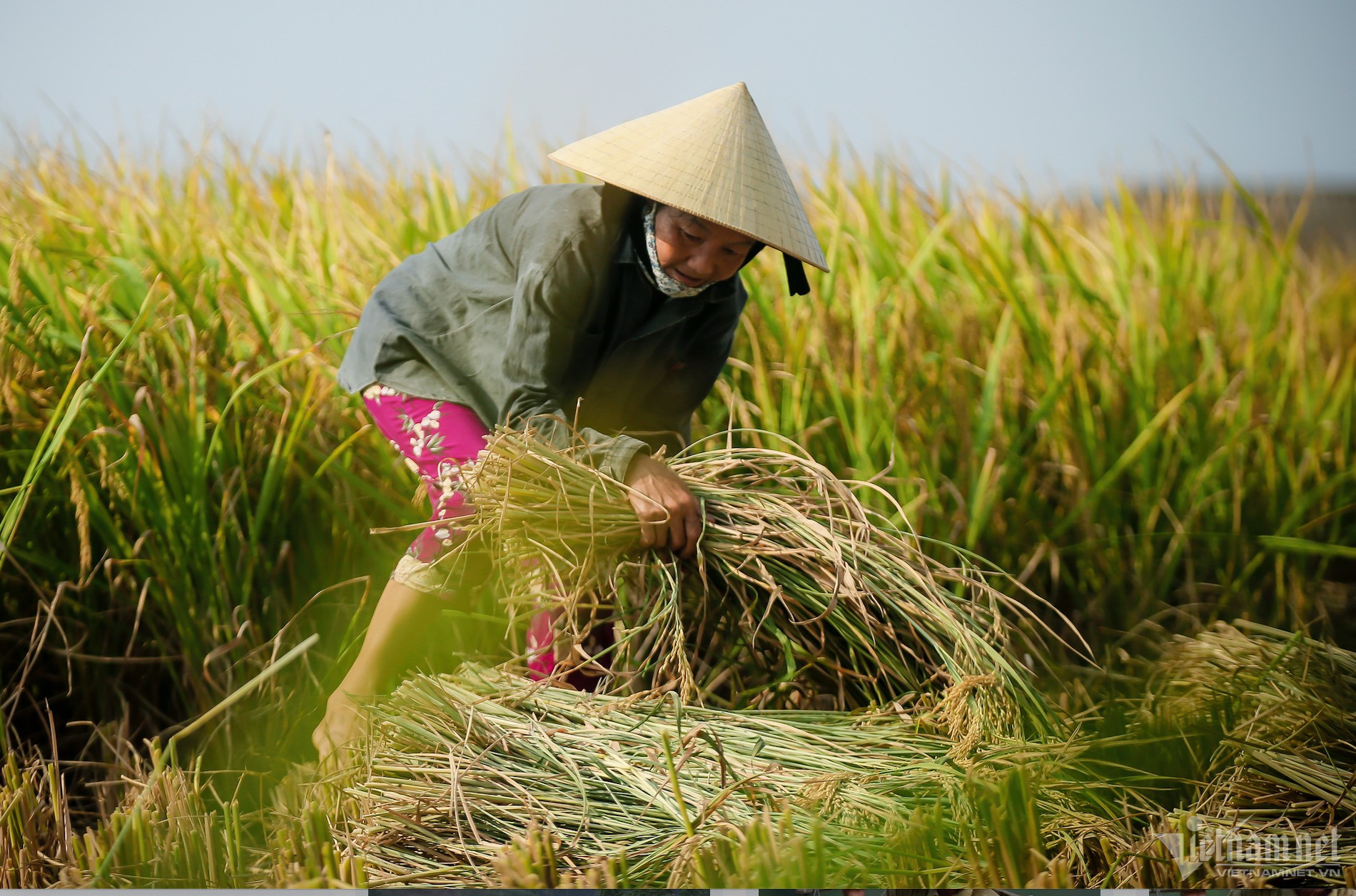
In addition to the key issue of capital disbursement, Mr. Tran Minh Hai - Vice Principal of the School of Public Policy and Rural Development (Ministry of Agriculture and Rural Development), emphasized that the development of cooperatives is the core foundation for the successful implementation of the project of 1 million hectares of high-quality and low-emission rice.
He believes that it is necessary to build strong and capable cooperatives, capable of jointly buying and selling with businesses and production organizations. The current development trend focuses on increasing the number of members to expand production as well as strengthen linkages.
In the Mekong Delta, an average cooperative has only 80 members, lower than the national average of 200 members and Thailand's average of 1,500 members/cooperative.
Regarding business operations, he pointed out that models such as Tan Hung, Phu Thanh and Binh Thanh cooperatives are highly appreciated, thanks to their ability to meet business production standards, organize services such as harvesting with combine harvesters and transporting rice.
As cooperatives become strong organizations, capable of effective management and responsiveness to market demands, they will play a pivotal role in the modern rural economy.
Therefore, there needs to be strong enough cooperatives to develop the value chain, create high-quality rice, contribute to improving members' lives and improving agricultural production efficiency, Mr. Hai acknowledged.
Preliminary statistics from the General Department of Customs show that by November 15 this year, our country had exported more than 8 million tons of rice, earning 5.05 billion USD - the highest level in history. Vietnam's average rice export price in the past 10 months reached 626 USD/ton, up 12% over the same period last year. Currently, the prices of Vietnamese exported rice with 5% broken, 25% broken and 100% broken are also the most expensive, far exceeding the prices of the same type of rice from the world's top exporting countries such as Thailand, India and Pakistan. |
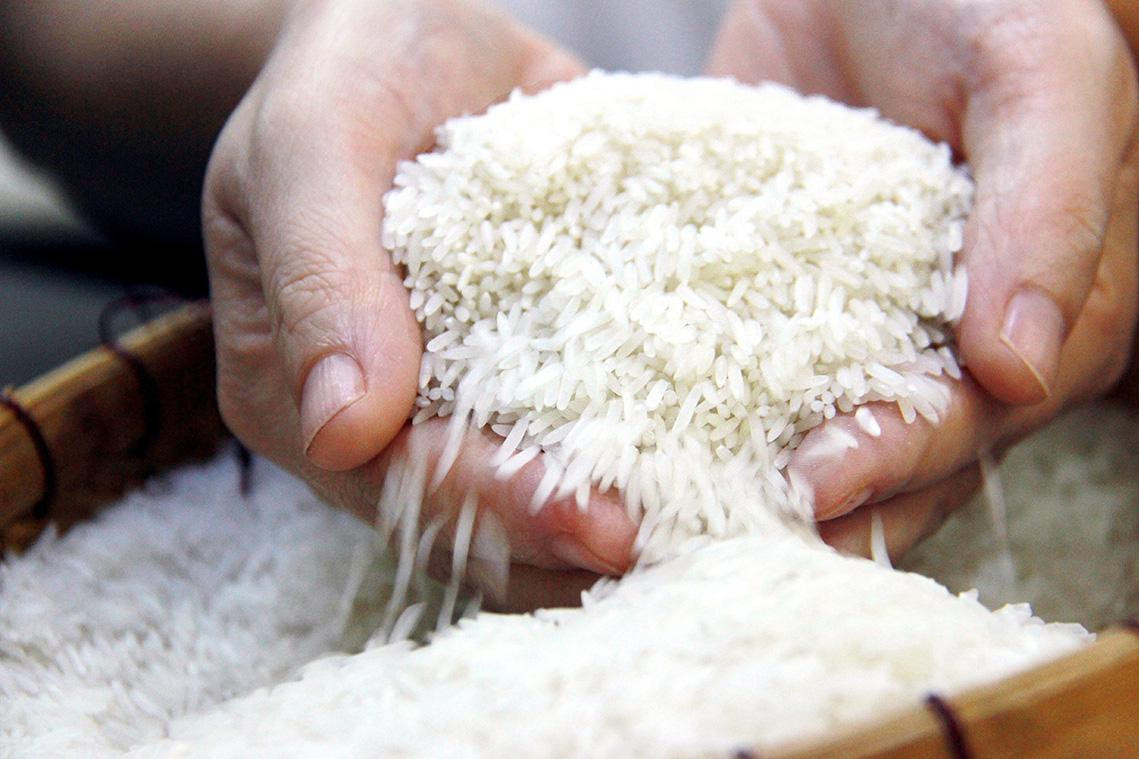
Source: https://vietnamnet.vn/xuat-khau-vuot-5-ty-usd-van-dau-dau-chua-co-thuong-hieu-gao-viet-chat-luong-cao-2344897.html




![[Photo] Prime Minister Pham Minh Chinh and Prime Minister of the Kingdom of Thailand Paetongtarn Shinawatra attend the Vietnam-Thailand Business Forum 2025](https://vphoto.vietnam.vn/thumb/1200x675/vietnam/resource/IMAGE/2025/5/16/1cdfce54d25c48a68ae6fb9204f2171a)



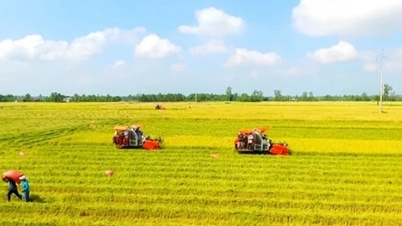

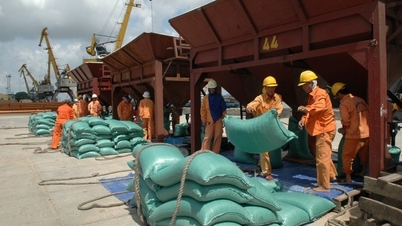


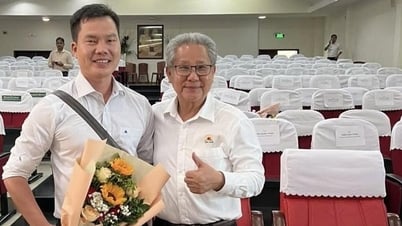





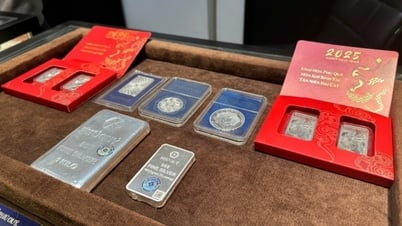
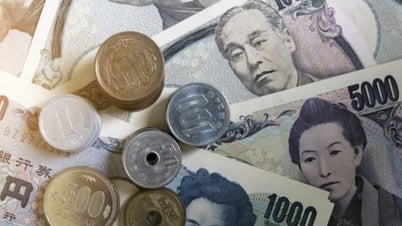
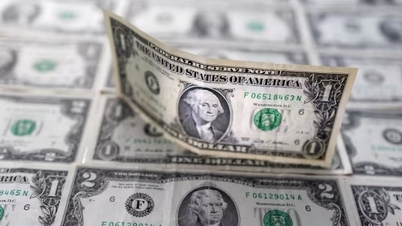
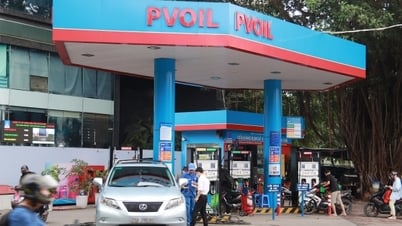





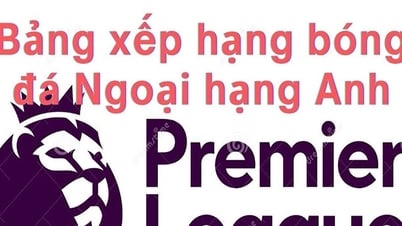
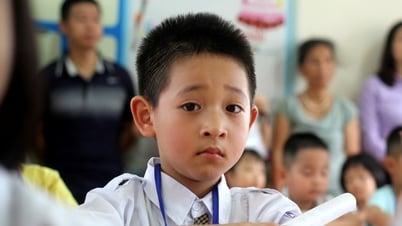




![[Photo] President Luong Cuong receives Prime Minister of the Kingdom of Thailand Paetongtarn Shinawatra](https://vphoto.vietnam.vn/thumb/1200x675/vietnam/resource/IMAGE/2025/5/16/52c73b27198a4e12bd6a903d1c218846)









































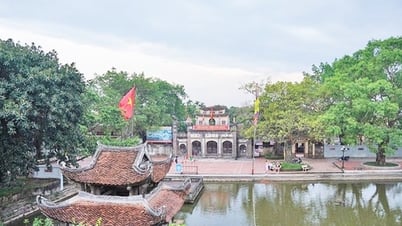

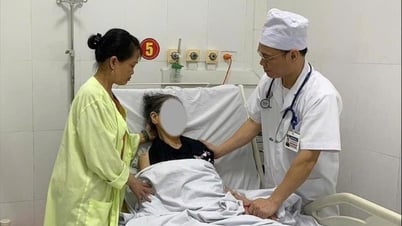

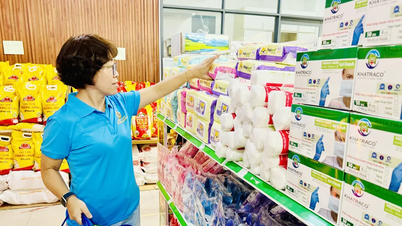


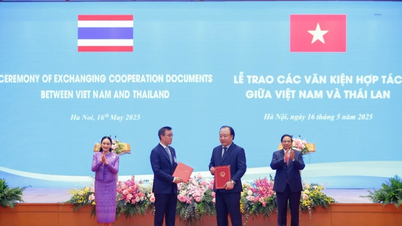

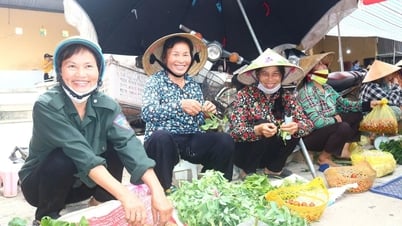










Comment (0)